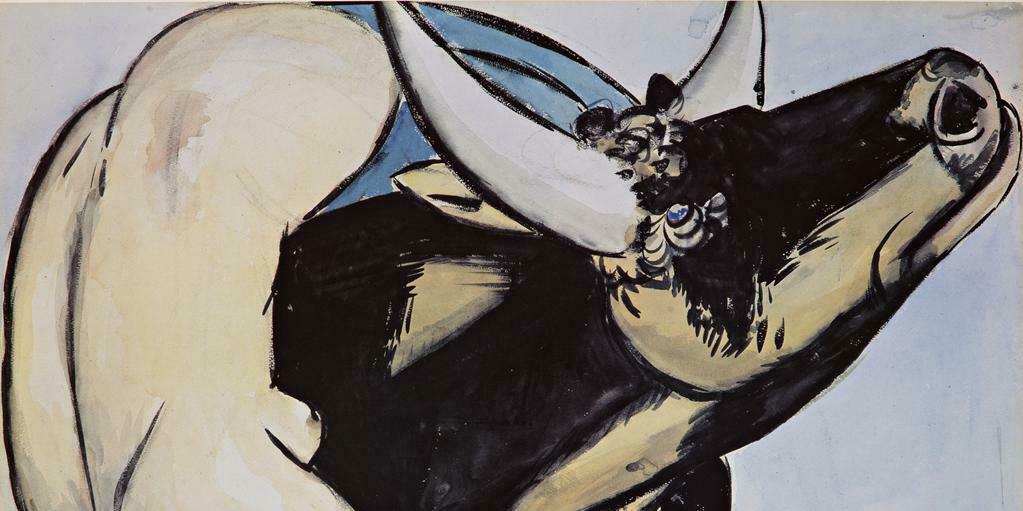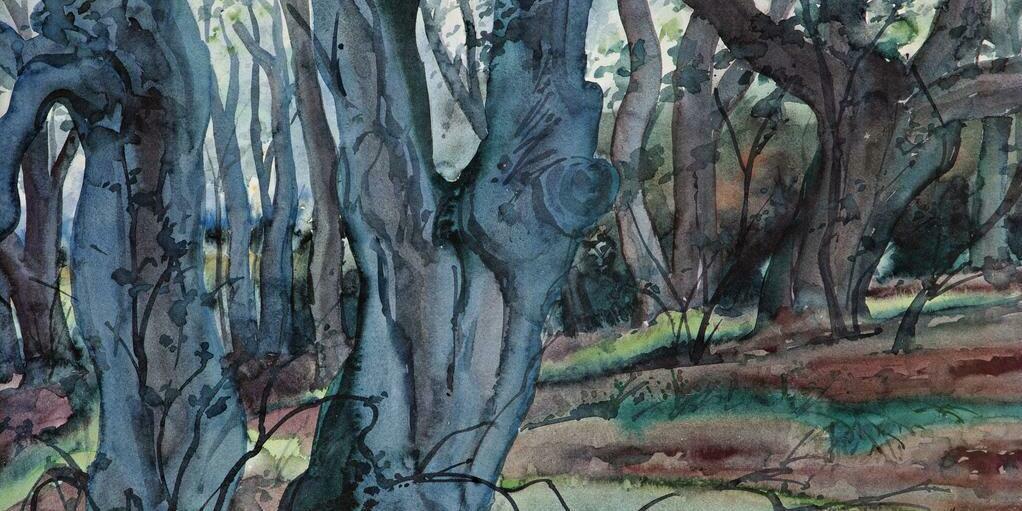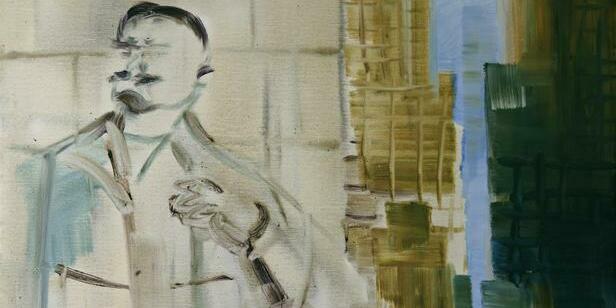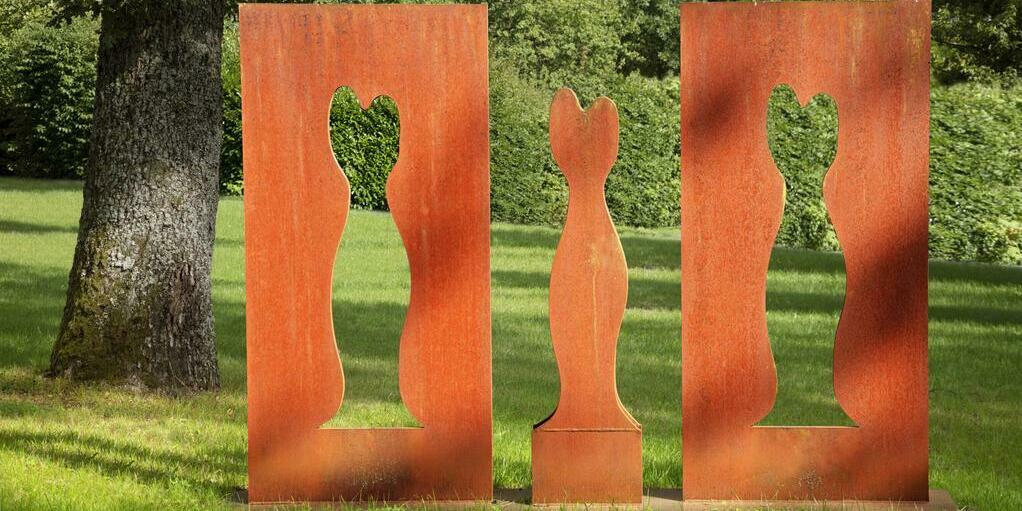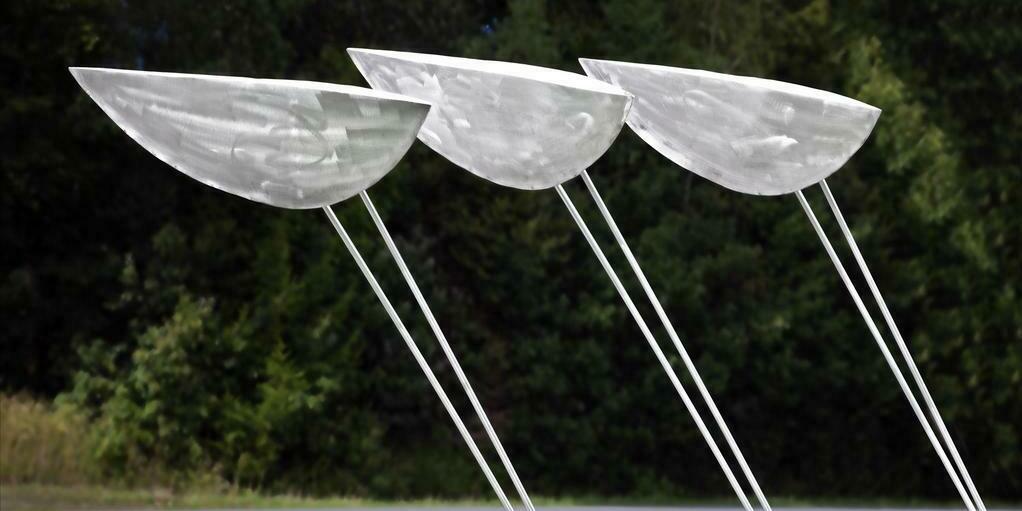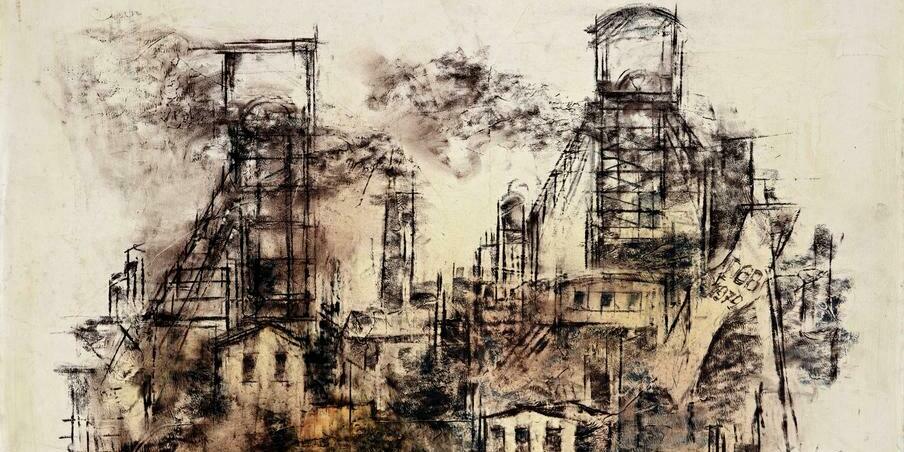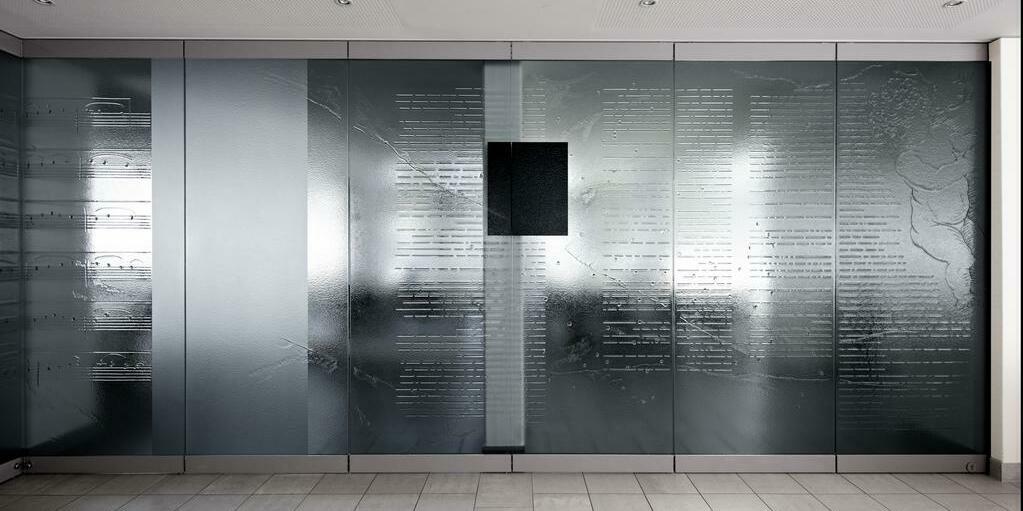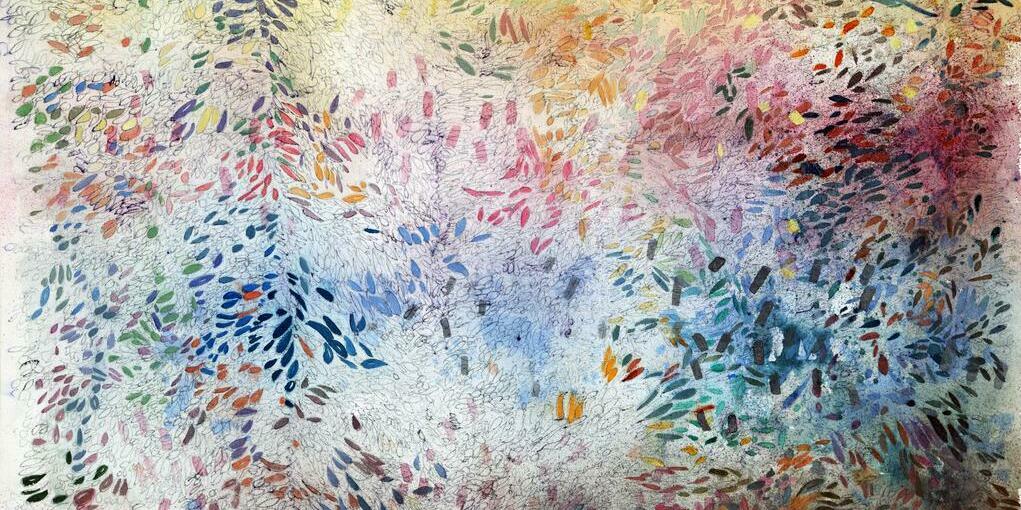Art and culture: philosophy of our work
How does the Europäische Akademie Otzenhausen implement its cultural work?
The Academy understood the relationship between education and culture at an early stage. With all due respect for the political and economic successes of the European Union: Europe - if it is to be supported by its citizens - is first and foremost about feelings, identity and cultural wealth, which can be experienced by people across all borders. This richness has a firm place at the academy: with everything from day-to-day culture to unusual and sometimes provocative works.
More than an empty phrase: education through art
Even though concerts clearly dominate the academy's cultural work today, the works of art exhibited at the academy leave no doubt as to the importance it attaches to other forms of cultural heritage. You will find a selection of the works in our art collection on this site.
The academy uses nearly all of its rooms to introduce participants and guests to the variety and diversity of artistic creation.
Our pinacotheca - What's to see?
Discover oil paintings, watercolors, graphics, drawings, photos, posters as well as sculptures, woodcarvings and ceramics of various types, motifs and materials. Over the course of time, the idea was born to contact artists directly and to offer them a platform to present their work. The sales proceeds, according to the agreement, benefited them fully. In return, they donated an object of their choice to the academy. In this way, at least one work from each of the almost 130 exhibitions to date has remained in the Academy. The art shown is not necessarily always pleasing, but sometimes meets with criticism. The fact that visitors sometimes feel a bit puzzled at first is certainly in the interest of the academy: openness, the search for new ideas and tolerance are among the values that the academy embodies and wants to pass on. Since its establishment, the Stiftung europäische Kultur und Bildung foundation has been responsible for a large part of the cultural events at the academy. These include classical and modern concerts, readings, performances and guided tours. The foundation is also responsible for the maintenance of the art collection, which today comprises around 400 works. For the academy, cultural heritage, art and education are inseparable. They are a matter of the future - and therefore a matter of the academy
